French fruits are a diverse group of plant-derived foods cultivated or naturally found in France, including native and imported types. Grapes are central to France’s wine-making industry and crucial to its cuisine and economy.
Temperate fruits like apples, pears, and cherries grow in cooler areas, with Normandy famous for its apple varieties, such as Calville Blanc d’Hiver and Reine des Reinettes.
Mediterranean fruits such as figs, apricots, and peaches thrive in the south, particularly in Provence and the Rhône Valley, known for their juicy sweetness. Berries, including strawberries and raspberries, flourish in regions like the Loire Valley, prized for their intense flavors.
Additionally, fruits like the mirabelle plum, symbolic of the Lorraine region, are often featured in decorations and regional celebrations.
French fruits are used in various culinary ways: eaten fresh, baked into desserts, turned into jams, or processed into juices and wines.
Along with helpful facts about fruits from France, this guide will tell you about the best French food and drinks made with fruits, where most fruits grow within the country, and fun fruit festivals and traditions.
Plus, at the end, you’ll learn about some well-known French veggies. Let’s start exploring now!
27 Delicious French Fruits with Filters
Here are the top 27 common fruits from Brazil, listed by their renown. Remember to utilize the filter function to effortlessly identify indigenous, non-native, national fruits and those commonly incorporated into dishes and beverages.
Apple
- For Beverages
- For Dishes
- Native
Apple is a widely savored fruit in France. France is renowned for its apple orchards in Normandy, where the climate is ideal for producing varieties such as the Calville Blanc d’Hiver and Reine des Reinettes.
These varieties find their way into famous French dishes such as Tarte Tatin and compote. Apples are characterized by their sweet to tart flavors, firm flesh, and are available in colors ranging from green to red.
The harvesting season typically spans from late summer through fall. Locals enjoy apples both raw and cooked, often incorporating them into snacks, desserts, and even savory dishes.
Apples thrive particularly well in the cooler regions of France, like Normandy, where the climate is ideal for their growth. This fruit is also commonly used in making cider, a popular beverage in these areas.
Orange
- For Beverages
- For Dishes
- Non-Native
Orange is a citrus fruit not native to France but has become a staple in French cuisine and household fruit baskets. It is especially favored for its sweet and slightly tangy taste, vibrant orange color, and juicy texture.
France primarily uses oranges to make fresh juice, desserts, and savory dishes. They are available mostly in winter, adding a color and vitamin C splash to the colder months.
French markets are filled with various oranges, including the ‘Navel’ and ‘Valencia’, which are loved for eating and juicing, respectively.
Though not grown extensively within the country, oranges are widely imported and have become integral to French culinary traditions. They grow best in warmer climates, so most oranges in the country come from the Mediterranean or overseas.
Strawberry
- For Dishes
- For Garnish
- Native
Strawberries in France are a beloved summer fruit, famous for their sweet flavor and bright red appearance. This berry is not only native but has also been perfected in regions like Brittany and the Loire Valley, giving rise to varieties such as ‘Gariguette’ and ‘Mara des Bois’.
The peak season is April to June, when French markets overflow with these fresh, locally grown berries.
Within the country, strawberries are often eaten plain, adorned with just a sprinkle of sugar, or dipped in cream. This fruit is popular nationwide, especially in areas known for their agricultural prowess.
Strawberries are starring in French cuisine, notably in jams, jellies, and drinks. These strawberries are also common in desserts like cake and tarts.
Grape
- For Beverages
- For Dishes
- Native
Grapes, or raisins as known in French, are a cornerstone of France’s agricultural and gastronomical heritage, primarily due to the country’s world-renowned wine industry.
Varieties like ‘Cabernet Sauvignon’, ‘Merlot’, and ‘Chardonnay’ are not just famous; they’re integral to the identity of regions like Bordeaux, Burgundy, and Champagne.
French grapes are diverse, with tastes ranging from intensely sweet to refreshingly tart, and colors spanning green to deep purple.
Locals savor them as a snack or after a meal, often pairing perfectly with cheese. Beyond wine, grapes enter fresh table servings, traditional French confections, and dishes.
Lemon
- For Beverages
- For Dishes
- For Garnish
- Non-Native
Lemon, also known as Citrus limon, is a type of citrus fruit that grows abundantly in the Mediterranean region, including France. Lemons are prized for their bright yellow color, juicy interior, and sour taste.
The fruit thrives in sunny, coastal areas and is widely cultivated in the French Riviera. They are available throughout the year, with peak seasons varying by region.
French locals commonly use lemon to add a zesty flavor to savory and sweet dishes, squeezed over seafood, or mixed into dressings and sauces. It is also a key ingredient in desserts and refreshing drinks.
Pear
- For Dishes
- National
- Native
Pear, the national fruit of France, is a temperate-climate fruit with a sweet, buttery texture. The country is renowned for pear varieties, including the Bartlett, Bosc, and Comice. Pears are enjoyed in many ways, from fresh out of hand to baked into desserts like tarte aux poires.
Their taste is generally sweet, with a grainy texture that varies from variety to variety. Depending on the type and ripeness, they come in various colors, from green to yellow and red. In this nation, the pear season peaks from late summer through autumn.
Locals love to eat them raw or cooked in dishes ranging from salads to poached pear desserts.
Cherry
- For Beverages
- For Dishes
- Native
Cherry, or cerise in French, is a small, round stone fruit ranging from yellow to deep red. The country’s regions, like Alsace and Provence, are famous for their cherry orchards.
The Montmorency and Griottines are notable French varieties, celebrated for their use in traditional dishes.
In France, cherries are often eaten fresh, straight from the market or tree, but they are also popular in desserts, jams, preserves, and liqueurs.
The regions of Alsace and Provence are particularly noted for cherry production, with local festivities celebrating the cherry harvest each year.
Raspberry
- For Dishes
- For Garnish
- Native
Raspberries, a soft, small, and vibrant red berry, are considered a type of aggregate fruit. In France, raspberries come in notable varieties such as ‘Meeker’, ‘Tulameen’, and ‘Heritage’.
Raspberries are known for their sweet yet slightly tart taste, favored in fresh and cooked forms. French locals enjoy raspberries fresh, often tossed into salads, blended into smoothies, or as a topping for desserts like tarts and cakes.
Raspberries thrive best in cooler climates, commonly found in France’s northern and central regions.
Peach
- For Dishes
- Non-Native
Peach, also known as Persica, is a stone fruit characterized by its fuzzy skin, sweet juicy flesh, and a large, hard pit at its center. Famous peach varieties in the country include the ‘Doughnut’ or ‘Saturn’ peach, the ‘White Peach’, and the ‘Yellow Peach’.
Peaches are beloved for their sweet, nectar-like taste with a hint of acidity. The fruit’s appearance ranges from yellow to deep orange and it has velvety skin.
Within France, peaches are often eaten fresh or used in dishes, jams, and jellies.
Prune
- For Dishes
- Non-Native
Prune, often referred to as dried plum, stands out in the fruit category for its distinct preparation method and taste. France is renowned for a variety called Agen prunes, which are highly regarded for their sweet flavor and soft texture.
Prunes can be enjoyed year-round, thanks to the drying process that preserves them. They have a sweet, deep flavor with a slightly chewy texture and are often consumed as a snack, in desserts, or even in savory dishes.
The locals commonly eat them out of hand or rehydrate in dishes like stews or desserts.
Mirabelle Plum
- For Beverages
- For Dishes
- Native
Mirabelle plums are small, round stone fruits native to the Lorraine region of France, known for their sweet and slightly tart flavor. These golden-yellow plums, often dotted with a hint of pink, are favored for their juiciness and aromatic qualities.
They are a staple in French cuisine, utilized in various dishes and beverages ranging from jams and jellies to pastries and brandy. The Mirabelle plum holds significant cultural and economic importance in the Lorraine region, which enjoys a protected geographical indication status.
Blackcurrant
- For Beverages
- For Dishes
- Native
Blackcurrant, known in France as “Cassis,” is a small, tart berry native to northern Europe and northern Asia, thriving particularly well in the Burgundy region of France. This fruit is recognized for its deep purple hue, tart flavor, and aromatic qualities.
Blackcurrants are primarily harvested in summer and are famous for their use in French liqueurs and desserts, most notably in the liqueur Crème de Cassis. This ingredient is essential in making Kir and Kir Royale, two cherished beverages in French culture.
The fruit is also used in jams, jellies, and desserts like sorbets and tarts. French locals enjoy blackcurrants that are both fresh and in various processed forms.
Banana
- For Dishes
- Non-Native
Banana is a tropical fruit that, while not native to France, has found its way into the hearts and kitchens across the country. This elongated, yellow fruit is known for its soft, sweet flesh encased in a peelable husk.
Bananas are enjoyed all year round and are beloved for their convenience as a snack. In France, they are often eaten as is, sliced into cereals or yogurt, or used in baking, such as in bread or cakes.
They’re popular everywhere but are imported, as the climate in France isn’t suitable for growing bananas.
Kiwi
- Exotic
- For Dishes
- For Garnish
- Non-Native
Kiwi, or kiwifruit, known for its brown fuzzy skin and bright green or golden flesh speckled with tiny black seeds, is another exotic addition to the French fruit scene. Its taste is unique, a perfect blend of sweet and tart.
The Hayward variety is especially popular for its size and sweetness.
In France, the fruit’s peak season is from November to May. Locals often consume fresh kiwi, scooped straight from the skin with a spoon, added to fruit salads, or used as a tart topping.
Melon
- For Dishes
- For Garnish
- Non-Native
Melon is a type of summer fruit in French cuisine, with the Charentais variety being particularly famous within the country. Melons vary in color and size but generally have a sweet, sometimes slightly musky flavor.
They are most commonly enjoyed in the summer months, reflecting their seasonality. In this country, melons are often eaten as a starter, paired with cured ham, or used in desserts.
Besides being eaten fresh, melons are sometimes used in making sorbets or fruit salads.
Avocado
- Exotic
- For Dishes
- Non-Native
Avocado, also known as avocat in French, is considered an exotic fruit in France, originating from Mexico and Central America. This fruit is prized for its creamy texture and rich, nutty flavor.
They’re popular in salads, spread on toast, or made into guacamole. The Hass variety is particularly well-liked for its taste and availability. Avocados are year-round fruits, but their peak season is from winter to spring.
Grapefruit
- For Beverages
- For Dishes
- For Garnish
- Non-Native
Grapefruit, known initially as “pomelo” or “pamplemousse” in French, is a citrus fruit enjoyed nationwide. This tangy and slightly bitter fruit varies in color from white to pink and red, and its flavors can range from sour to semi-sweet, depending on the variety.
Some well-known types include the Ruby Red, Star Ruby, and White Marsh. In this nation, grapefruit is enjoyed fresh or used in salads, desserts, and cocktails.
Its peak season is winter through early spring. French people love to have grapefruit for breakfast, often halved and sprinkled with a bit of sugar.
While grapefruits are grown in warmer climates, they are popular in France for their refreshing taste and are often imported from countries like Israel, Spain, and the United States.
Mango
- Exotic
- For Dishes
- Non-Native
Mango, also known as “mangue” in French, is a popular fruit in France, hailed from tropical regions. Mangoes are beloved for their sweet, rich flavor and smooth, buttery texture. They come in various types, including Alphonso, Kent, and Ataulfo.
Their appearance is striking, with colors that blend from green to yellow, red, or orange as they ripen.
Mango season typically runs from late spring through summer. Mangoes are often eaten fresh or used to add a tropical twist to dishes within France. They’re popular in regions that appreciate exotic flavors, with most mangoes imported from Brazil, Peru, and India.
Pomegranate
- For Dishes
- Non-Native
Pomegranate is a berry-type fruit known for its jewel-like seeds, widely appreciated in France. Pomegranates boast several famous variations, including the ‘Wonderful’ and ‘Granada’, each known for their deep red arils and sweet-tart flavor.
The taste of a pomegranate is a complex blend of sweet and tart, while its appearance is quite distinctive with a thick, reddish skin housing a multitude of juicy, edible seeds.
Pomegranates are typically in season during the fall and early winter. Locals enjoy them fresh, and they are used in cooking, baking, juices, and even in alcoholic beverages for a flavor boost.
Pineapple
- For Dishes
- Non-Native
Pineapple, also known as Ananas, is not native to France but is celebrated for its taste and is widely available. Its rough, spiky skin and sweet, juicy yellow flesh make this tropical fruit easily recognizable.
They come in several types, such as ‘Smooth Cayenne’, ‘Red Spanish’, and ‘Queen’. Pineapples are available year-round due to global imports but are traditionally harvested in the warmer months.
In France, pineapples are often eaten fresh, used in desserts, or as an ingredient in savory dishes.
Fig
- For Dishes
- Non-Native
Fig, is a sweet fruit not native to France but thrives in the Mediterranean climate, making the southern regions of France ideal for their cultivation. This fruit appears in fresh and dried forms.
Figs come in various types, with the Black Mission, Brown Turkey, and Calimyrna being among the most well-known. The taste of a fig is a beautiful blend of sweetness with a slightly nutty flavor, and its flesh is soft, housing crunchy seeds.
Figs are mostly enjoyed in the late summer and early autumn. They are often eaten fresh as a snack or used in desserts, salads, jams, cakes, and savory dishes in France.
Clementine
- For Dishes
- Non-Native
Clementine is a type of mandarin orange that is appreciated for its sweet taste and easy-to-peel skin. This fruit originates from Algeria but has found a comfortable home in the French Mediterranean climate, particularly in Corsica.
Clementines are small, with an orange color and smooth, glossy skin. They are seedless, which adds to their appeal, making them a perfect, mess-free snack. The taste of clementines is sweet with a touch of acidity.
They are typically in season from November to January. In France, clementines are often eaten fresh or used as a sweet addition to salads and desserts.
Their popularity stretches across Europe, but they are especially beloved in France, where the Corsican clementine enjoys a Protected Geographical Indication (PGI) status.
Quince
- For Dishes
- Non-Native
Quince is a French hard, yellow fruit that becomes wonderfully fragrant when ripe. This fruit is tough in its raw form, with a bitter and astringent taste, transforming into a sweet, delicate flavor once cooked.
The fruit’s appearance, with its bright yellow skin and pear-like shape, makes it distinctive. Quinces are typically harvested in late autumn and are grown in regions with mild, temperate climates.
Quince is appreciated for its versatility in recipes, from jellies to desserts.
Coconut
- Exotic
- For Dishes
- Non-Native
Coconut, also known as the “tree of life”, is widely available throughout France. Its tough, fibrous outer shell encloses the rich, nutritious water and the white, fleshy meat inside, known for its sweet and slightly nutty taste.
Coconuts are versatile in their uses, ranging from raw consumption to being processed into milk, oil, and flour. Coconuts are primarily enjoyed in sweet dishes, desserts, and cocktails.
Their popularity spans different regions, with a significant presence in French overseas departments like Martinique and Guadeloupe.
Tomato
- For Dishes
- Fruit Vegetables
- Non-Native
Tomato, also known as a culinary vegetable, is actually a fruit by botanical standards. It’s not native to France but has become a staple in French cuisine. There are many varieties, including beefsteak, cherry, and heirloom tomatoes.
Tomatoes range in taste from sweet to tangy, and their color can vary from red to yellow, green, and even purple. They are mostly grown in the warmer southern regions of France and are a summer crop.
French people enjoy tomatoes in many ways: fresh in salads, cooked into sauces, or as a base for soups and stews.
Watermelon
- For Dishes
- Non-Native
Watermelon is a fruit enjoyed especially during the hot summer months in France. It’s known for its large size, green rind, and juicy, red flesh, which is sometimes yellow.
Watermelon is commonly eaten as a cool, refreshing snack or dessert, often served in slices or as part of fruit salads in this cuisine. It’s popular across the country, especially in regions that experience hot summers.
Besides being consumed fresh, watermelon is sometimes used in beverages, like smoothies or cocktails.
Apricot
- For Dishes
- Non-Native
Apricot is a small, soft stone fruit with a velvety, golden-orange skin, which sometimes sports a lovely blush. Originating from China, it has been savored by many countries, including France.
Apricots are famed for their sweet, slightly tart flavor and aromatic qualities. They come in various types, such as ‘Bulida’ and ‘Canino’.
Apricots are particularly popular in the southern regions of France, where the climate is more conducive to their growth. They bloom in spring, signaling the arrival of warmer days, with the fruit typically ripening by early summer.
The French have a particular fondness for apricots, consuming them fresh and using them in various culinary applications. Fresh apricots are often enjoyed as a juicy snack or dessert, while the fruit also finds its way into jams, tarts, and savory dishes.
What Are the Most Famous French Fruit-Based Dishes?
Highlighted below are 6 renowned French culinary creations featuring fruits:
If your top picks aren’t listed, don’t sweat it—there are a lot more interesting French dishes to discover.
Also, take a moment to check out some French drinks that use fruits!
What French Beverages Are Made with Fruit?
Presented here are 7 of the most popular French beverages crafted with fruit components:
This section highlights just a few choices; many more classic French drinks await your discovery.
Continue reading as the following segment explores significant regions famous for fruit production.
Which Regions in France Are Major Fruit Producers?
Among the leading French regions in fruit production, 6 regions below stand out for their contributions:
Next up, uncover the renowned French festivals and traditions linked to fruits.
What Festivals and Traditions in France Are Related To Fruits?
France celebrates a wide array of traditions and festivals that showcase its love for fruits, reflecting the nation’s regional variety and seasonal cycles.
Additionally, French vegetables deserve attention and will be explored in the upcoming section.
What Are the Most Common French Vegetables?
Here’s a concise overview of common vegetables in French cuisine:
Each of these French veggies plays a crucial role in the country’s cooking, contributing flavors, textures, and colors that are unmistakable in this cuisine.
Fruit is a diverse field, so please share any other excellent French fruits via comments if you know. To introduce this great list to many people, do not hesitate to share this post. Thanks for your time!


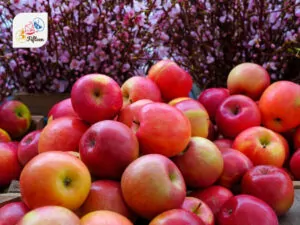
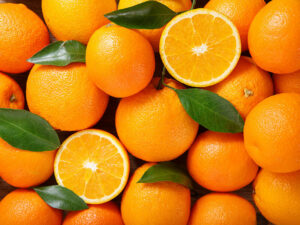
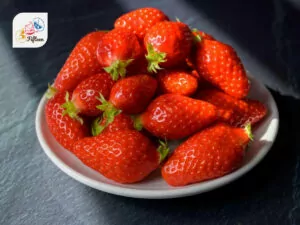
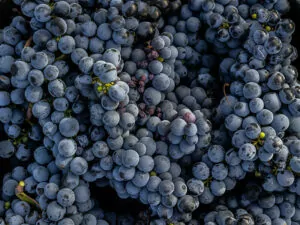
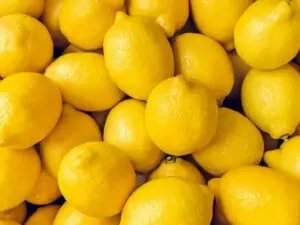
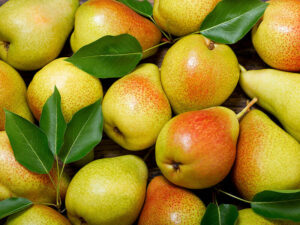
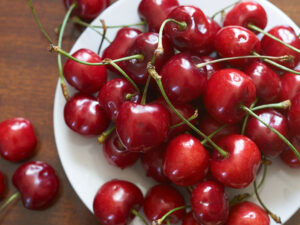
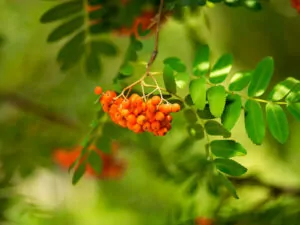
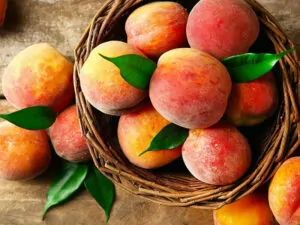
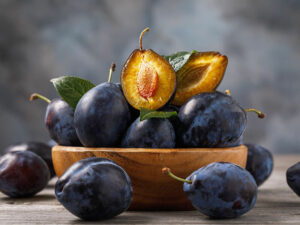
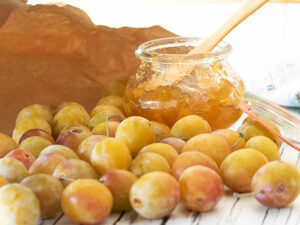
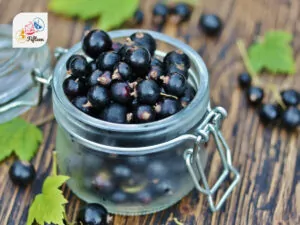
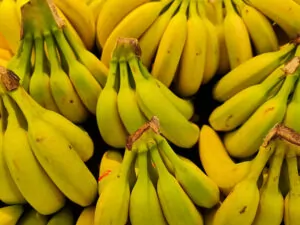
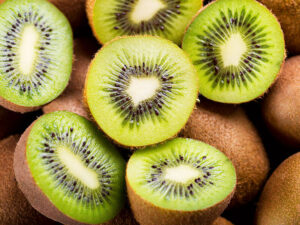
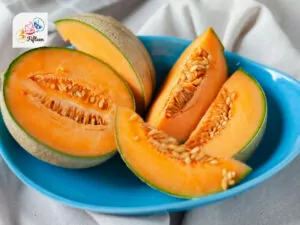
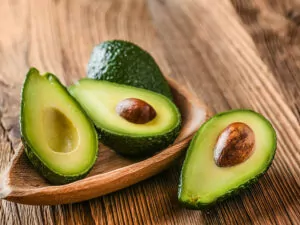
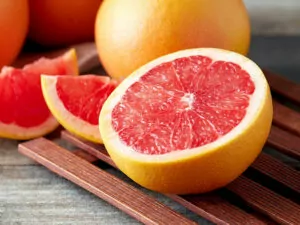
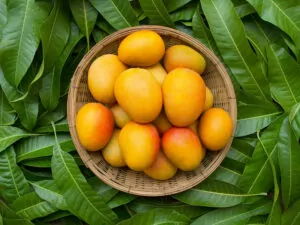
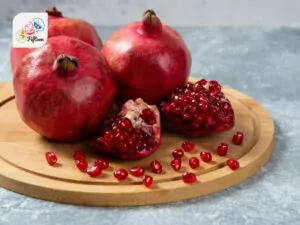
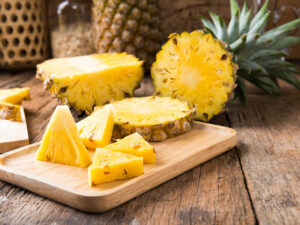
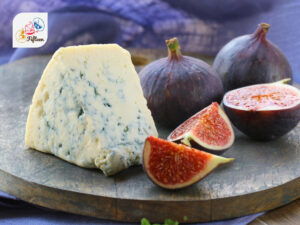
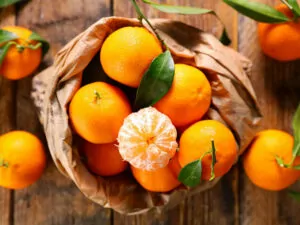
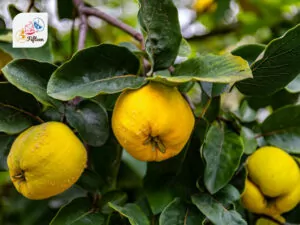
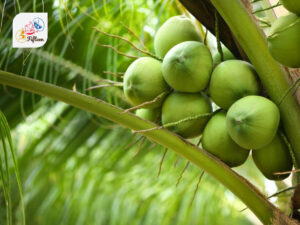
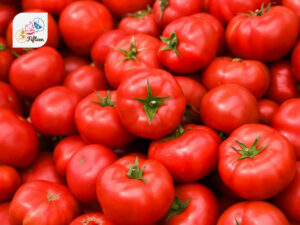
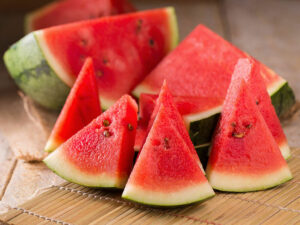
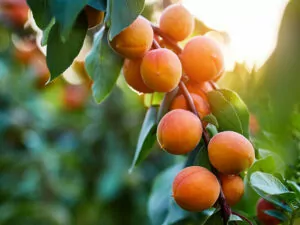
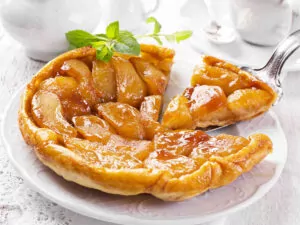
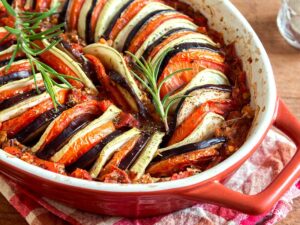
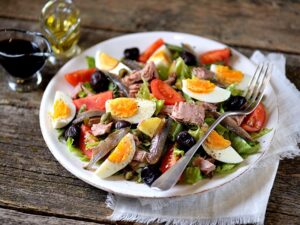








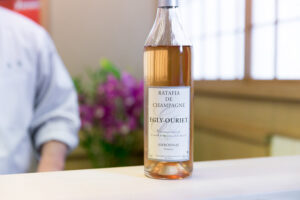
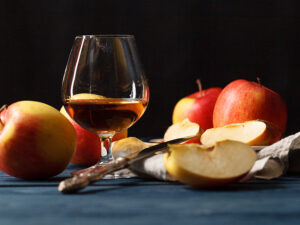
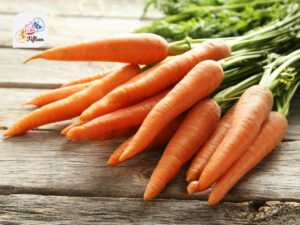
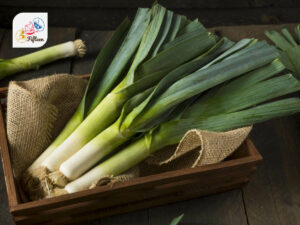
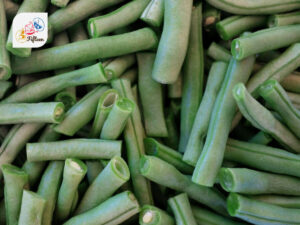
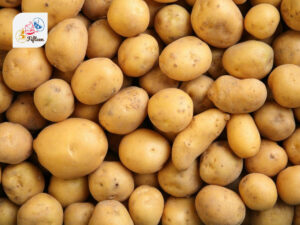
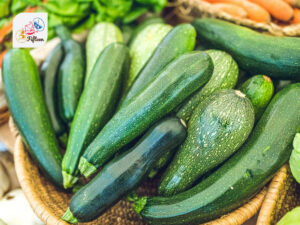
Jamie Scott
Editor in Chief, Senior Content Writer
Expertise
Home Cooking, Meal Planning, Recipe Development, Baking and Pastry, Food Editor, Cooking-video Maker, Western Food Evaluation Expert
Education
Le Cordon Bleu College of Culinary Arts
Local Community College, New York, NY
Jamie Scott is a skilled culinary expert and content creator specializing in Western cuisine. With over 15 years in the culinary field and formal training from Le Cordon Bleu, Paris, Jamie deeply understands how to blend nutrition with delicious flavors. His passion for cooking matches his commitment to making healthy eating accessible and enjoyable.
On Fifteen.net, Jamie brings a fresh perspective to classic dishes and beverages, offering readers insightful recipes, cooking tips, and a fresh view on meal planning that emphasizes taste, health, and simplicity.